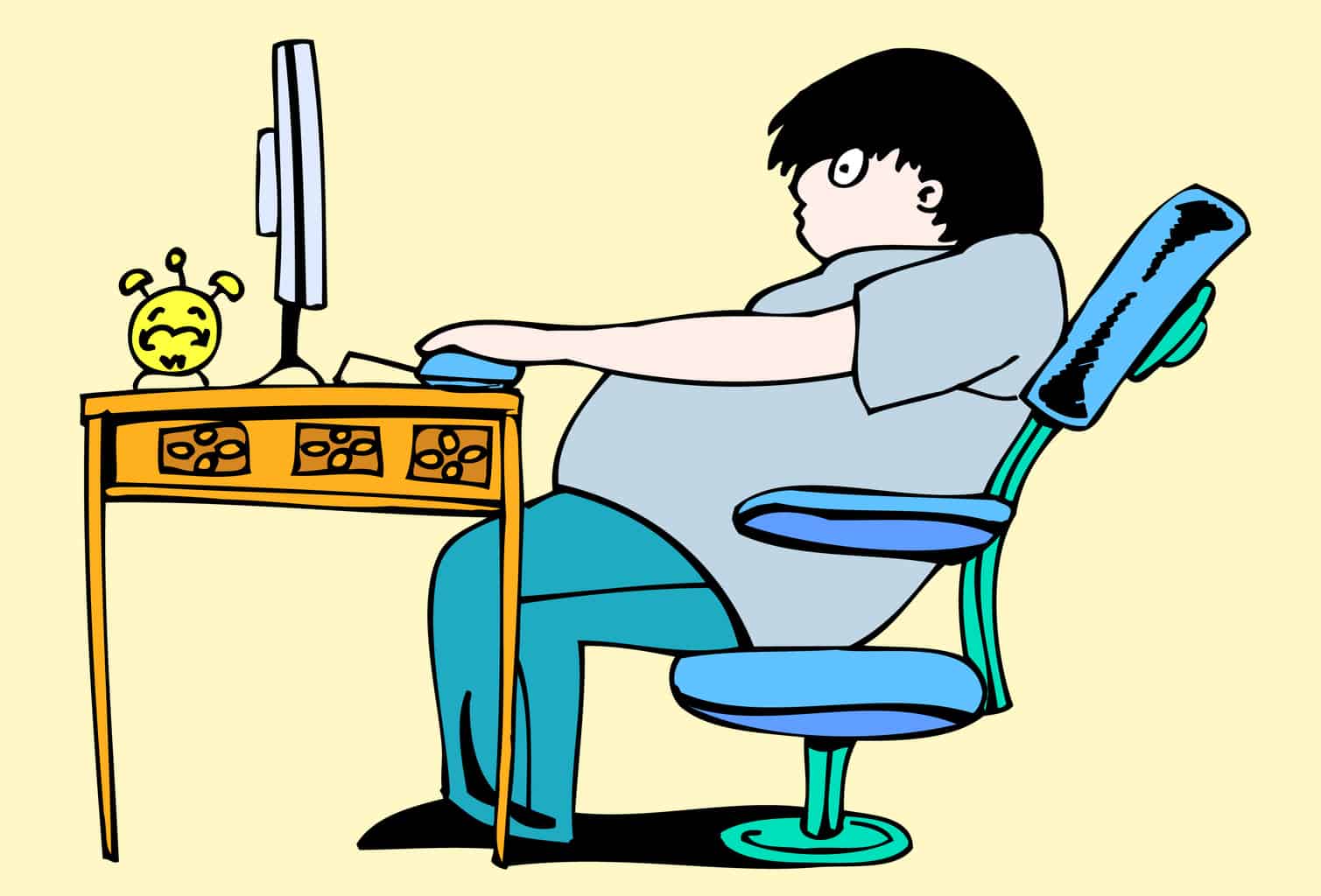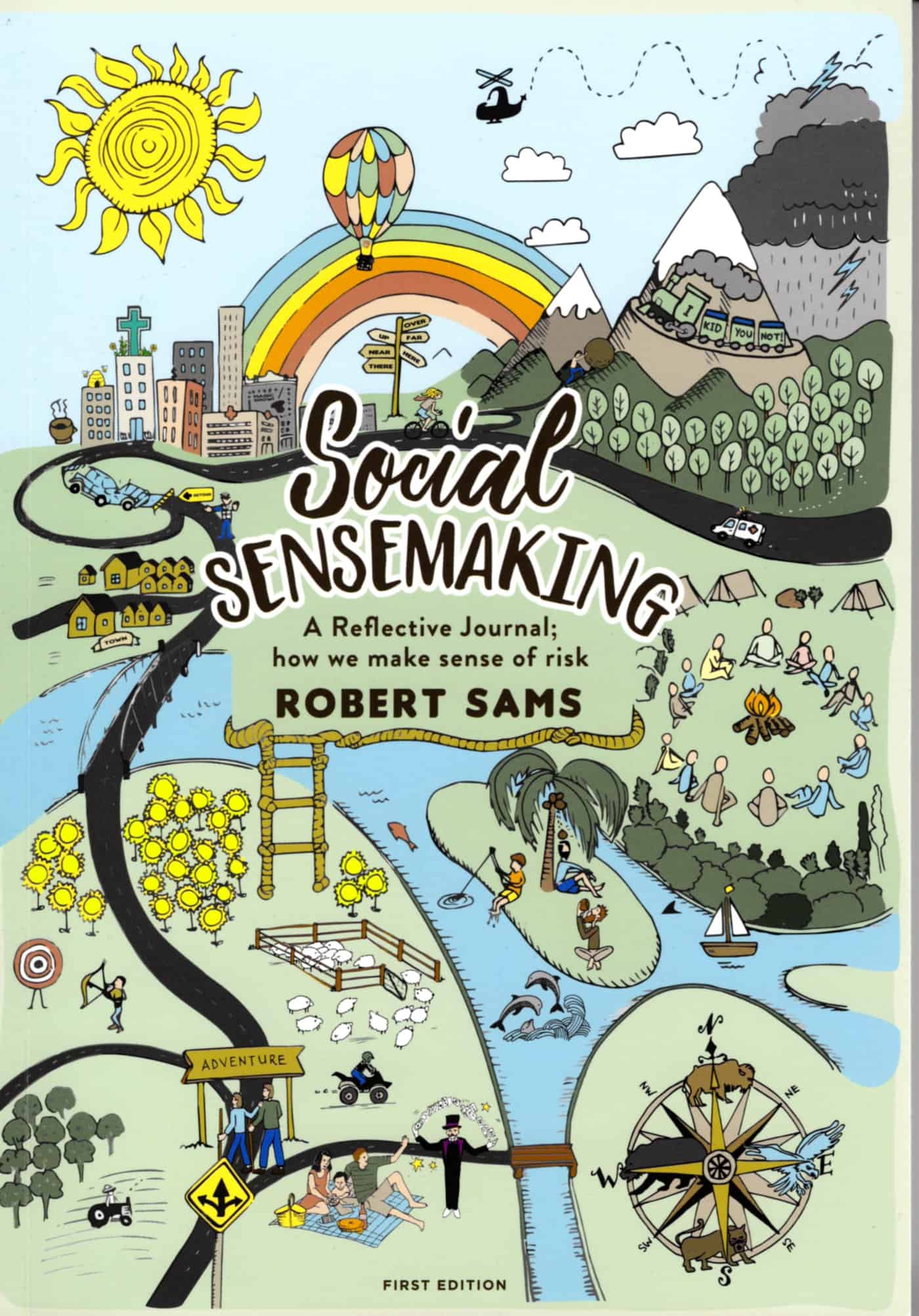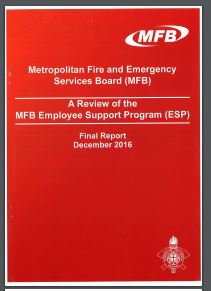 The evidence base for the workplace risks from prolonged sitting is still only just being collated. One of the latest research reports, in Preventive Medicine Reports, identifies two more clues to identifying these health hazards – the length of tenure and Body Mass Index (BMI) but the BMI is not what one would expect.
The evidence base for the workplace risks from prolonged sitting is still only just being collated. One of the latest research reports, in Preventive Medicine Reports, identifies two more clues to identifying these health hazards – the length of tenure and Body Mass Index (BMI) but the BMI is not what one would expect.
According to the article entitled “Office workers’ objectively assessed total and prolonged sitting time: Individual-level correlates and worksite variations“: Continue reading “New clues in prolonged sitting risks: tenure and obesity”

 The media is full of lists of Christmas reading, usually in order to sell books. Below is a selection of the safety-related books that are in my Summer reading pile. (No, I am not going to list the Batman comics or Star Trek books. That would be embarrassing.)
The media is full of lists of Christmas reading, usually in order to sell books. Below is a selection of the safety-related books that are in my Summer reading pile. (No, I am not going to list the Batman comics or Star Trek books. That would be embarrassing.)


 Fatigue and impairment are two of the most difficult workplace hazards to address. These are further complicated when they are contextualised in workplace mental health. So it is concerning when an entrepreneur produces a product that is meant to help address mental fatigue but that may also mask occupational health and safety (OHS) actions that are required to provide truly sustainable workplace improvement.
Fatigue and impairment are two of the most difficult workplace hazards to address. These are further complicated when they are contextualised in workplace mental health. So it is concerning when an entrepreneur produces a product that is meant to help address mental fatigue but that may also mask occupational health and safety (OHS) actions that are required to provide truly sustainable workplace improvement.